In order to find where to buy Gilsonite, it’s essential for the buyers to have complete information on the suppliers and supplying countries. Gilsonite was first known to the Indians around Utah and was then offered to white men as blacksmiths.
Because the use of Gilsonite instead of coal was dangerous, the material quickly became popular, and many, including Samuel Gilson, began working to develop the material for a variety of industries. The veining of the Utah Gilsonite mine about 50 million years ago is in the third section of the Uinta Basin. The excavated venous formations are found in the rivers Duchesne, Wasatch, Uinta, and Green River.
In Wasatch, the Gilsonite formation can be exploited from the eastern edge exiting the above-mentioned plank. The Gilsonite mines in Utah had an initial estimate of 45,000,000 tons of stock after several years of production, an average of 20 to 60,000 tons (increased by 470,000 tons in 1907 to supply gasoline to the Gilsonite refinery) to 0.10,800 tons. It is highly valued by the American company Gilsonite. Therefore, much of this mineral has already been mined from the Gilsonite mine in Utah.
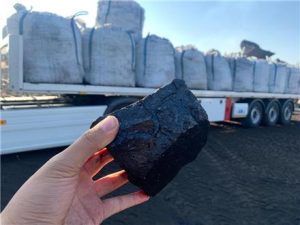
However, three factors can increase your total Gilsonite reserve:
Opportunity to discover new vessels in Gilsonite mines in Utah, as well as higher reserve estimates for smaller vessels already discovered in Utah.
New resources from Gilsonite outside the Utah Gilsonite mines, including Iranian Gilsonite vessels, are estimated at more than 30,000,000 tons and only 2,000,000 tons have been exploited.
Another emerging resource — currently providing U.S. Gilsonite to support the manufacturing economy and cover the shortage of Utah’s Gilsonite mineral reserves — is Colombian asphalt, which has similar properties to Gilsonite and the large reserves in the Magdalena Basin. Approximately 20,000,000 stocks are estimated in Colombia.
tons of virgin reserve; This has prompted U.S. oil companies and U.S. Gilsonite Corporation to divert investment and purchasing power from these resources.
where to buy gilsonite
This most recent analysis predicts that the growth of the Gilsonite Market in 2022 will be significantly different from the growth seen in the previous year so there’s a serious need to know the best markets to buy Gilsonite. In terms of revenue, the Gilsonite Market is expected to show a magnificent spike in CAGR over the course of the next five years.
For the purposes of this study, the year 2021 will serve as the base year, and the years 2022 to 2027 will serve as the forecast period to determine the size of the Gilsonite market. Because of the unexpected breakout of the COVID-19 pandemic, rigorous lockdown measures were implemented in various countries, which caused difficulties in the exports and imports of Gilsonite.
The most significant ways in which COVID-19 can have an impact on the global economy are as follows: by directly impacting production and demand; by causing disruptions in supply chains and markets; and by having a monetary impact on businesses and the financial markets. After the COVID-19 crisis, our analysts who are monitoring the situation throughout the world explain that the market will provide lucrative opportunities for companies.
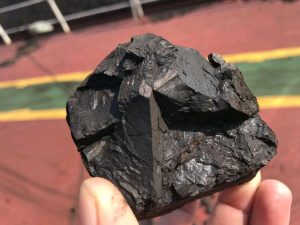
The purpose of this paper is to offer an additional picture of the most recent scenario, which includes the economic recession and the impact of COVID-19 on the entire business. The market for Gilsonite can be divided into subcategories based on both kind and application. Gilsonite Lump, Gilsonite Powder, and other products are the categories that make up each section of the market for Gilsonite.
In 2022, the market for Gilsonite was led by the segment that dealt with Gilsonite products. The expansion of the segment is anticipated to be driven by rising diabetes rates as well as the introduction of new products. The following regions are soon expected to own the global markets:
- North America (The United States and Canada)
- Europe (Germany, UK, Russia, France, and Turkey)
- Asia-Pacific (Vietnam, China, Malaysia, Japan, Korea, Australia, Thailand, Indonesia, Philippines, and, India)
- South America (Columbia, Brazil, Argentina,)
- The Middle East and Africa (Saudi Arabia, UAE, Egypt, Iran, South Africa, and Nigeria)
Therefore, if one is willing to buy top-quality Gilsonite, it’s wise to have a choice among these supplying countries.
gilsonite buyers
Since Gilsonite possesses abundant advantageous properties and its usage is becoming the number one trend in many industries such as road construction and maintenance, the number of consumers and buyers is increasing day by day. Because of its exclusive chemical and physical properties, Gilsonite is being used in more than 160 products globally. As the result, world demand is growing. According to the world trade map, the top 10 Gilsonite importing countries are mentioned below along with their 2021 import value:
- The United States (194,127)
- Egypt (193,051)
- France (158,649)
- China (96,343)
- Canada (66,040)
- Philippines (52,574)
- Cambodia (40,342)
- Denmark (17,339)
- Poland (17,201)
- Romania (15,223)
Knowing the world’s top importing countries gives us a clear perception of the global market. This results in the wiser decisions when choosing Gilsonite as exporting or importing commodity.
buy gilsonite
Having precise information regarding Gilsonite specifications and applications is highly important in order to buy this substance in the safest and smartest way.
Asphaltum, often known as Gilsonite, is a naturally occurring asphalt resinous hydrocarbon. This natural asphaltite is a solid hydrocarbon that is also referred to as natural asphalt, asphaltite, uintaite, and asphaltum. All of these names refer to the same substance. Gilsonite can be dissolved in aliphatic and aromatic solvents, in addition to asphalt derived from petroleum. Gilsonite is utilized rather frequently in the process of hardening softer petroleum compounds due to its exceptional compatibility.
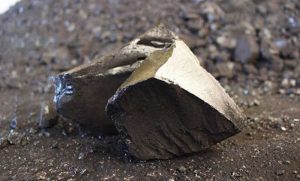
The mineral Gilsonite can be found in large quantities as a glossy, dark material that resembles obsidian in appearance. It has a brittle consistency and can be powdered into a dark brown form with little effort. Gilsonite is typically found in vertical veins or seams that are between two and six feet broad, although they can be as wide as 28 feet.
These veins or seams are located below the surface of the soil. The veins run in an almost horizontal path from northwest to southeast and are very close to being parallel to one another. They can be many miles in length and up to 1500 feet in depth at their deepest point. The vein will start off as a skinny protrusion on the surface and then progressively get wider as it travels deeper into the rock.
Gilsonite is mined today in much the same way that it was mined fifty or one hundred years ago due to the narrow mining face. The fundamental distinction lies in the fact that contemporary miners make use of pneumatic chipping hammers and mechanized hoists. In the early 1860s, the mineral that is now known as Gilsonite or Asphaltum was discovered.
However, it was not until the middle of the 1880s that Samuel H. Gilson began to advertise it as a distinctive varnish, a water-resistant covering for wooden pilings, and insulation for wire cable. Because Gilson’s efforts to promote the ore were so fruitful, in the year 1888, he and a business partner established the first firm to mine and sell Gilsonite on a commercial basis.
In the beginning, Gilsonite was offered for sale in two different grades: “Selects” and “Fines.” “Selects” referred to the low-softening-point ore that had a Conchoidal fracture. The ore that had a higher penciled structure and a greater softening point was referred to as “Fines.” Selects were able to fetch a higher price than Fines due to their higher level of purity, superior solubility, and more application potential in the paint, stain, and varnish industries. This classification system has evolved as a result of time and technological advancements.
When Gilsonite is processed, the majority of the inert impurities are removed, and newer, more potent solvents make the higher softening point grades more appealing to users. Gilsonite is classified according to its softening point, which is an approximate indication of its solubility, as well as its particle size.
Every grade possesses a level of quality that is significantly higher than the initial minuscule quantities of crude Gilsonite that were sold on the market in the 1880s. Gilsonite is a naturally occurring mineral that has no health risks and is completely safe to consume. It is an extremely pure resinous rock that was generated from an intricate combination of many kinds of hydrocarbons. What sets Gilsonite apart from other minerals is its extraordinary natural composition, which is abundant in nitrogen and beta-carotene but deficient in sulfur.
In general, asphalts are classified by the physical features that they possess:
Softening Point:
The term “melting point” refers to the highest temperature at which asphalt can be melted using a ring and ball method. The term “softening point” refers to the lowest temperature at which asphalt may be softened.
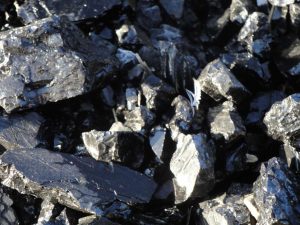
Penetration:
How deeply a weighted needle or cylinder will sink into asphalt over the course of a specified amount of time.
Viscosity:
A measurement that can be used to determine the consistency of the liquid asphalt at a range of temperatures (measured in poises, centipoises, centistokes, or SSU). ASTM D-2170, D-88
Flash Point:
The temperature at which the asphalt will flash when it is heated (ignite briefly).
The measurements of softening point and penetration are often the ones that are utilized the most frequently when classifying the qualities of asphalt. When comparing asphalts, it is common to practice to observe that the softening point, viscosity, penetration, and flash point all climb as the temperature at which the asphalt begins to soften.
PACKAGING
SPG-350 can be purchased in 50-pound net multi-ply paper bags as well as 25-kilo net multi-ply paper bags. These bags can be palletized and stretch-wrapped. In addition to that, it can be purchased in melt-able plastic bags, bulk-loaded trucks, and a selection of different-sized bulk bags.
HEALTH & SAFETY
Gilsonite is a type of hydrocarbon that can be found in nature. There are no documented cases of dermatitis, lung disease, or any other health issues that have been linked to the handling of Gilsonite in the form that it is given.
Combustion can occur when the dust is present. Take the usual care you would while working with flammable materials. Having mentioned the specifications and properties of Gilsonite, it’s expected for every business person to have a wise purchase.
buyer of gilsonite
It is substantial for every Gilsonite buyer to be fully aware of the material they’re purchasing. In the following article, there is a complete guide to buying the best Gilsonite at a reasonable price.
Today the use of natural bitumen is considered a derivative of petroleum products, for flooring or a kind of waterproofing, and the use of petroleum products (bitumen, asphalt, etc.) is little known dating back to the Middle East. North American Gilsonite or bitumen is a viscous hydrocarbon found in northeastern Utah.
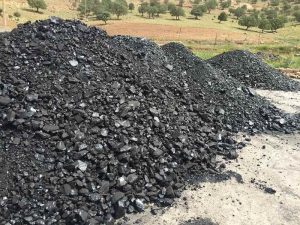
This bitumen is similar to hard petroleum asphalt and is often referred to as natural asphalt, asphaltenes, uintaite, and asphalt. Gilsonite is found in the vertical layers and veins of underground mines. It is usually 2 to 6 feet wide and can be up to 28 feet wide. The blood vessels are parallel to each other and extend from northeast to northeast.
It can be several miles wide and up to 1,500 feet deep. The surface of the blood vessels appears to be a thin layer and the closer we get to the depth, the wider it will be. Due to mining tensions, Gilsonite is still mined today, as it was 50 or 100 years ago. The main difference from modern mines is the use of air conditioning and mechanical elevators.
Gilsonite is soluble in aromatic and aliphatic solvents along with petroleum asphalt. Due to its unique compatibility, this material is increasingly used to harden soft petroleum products. Gilsonite is a black, shiny substance similar to an obsidian (volcanic glass) mineral. Brittle, and easily crushed into a dark brown powder.
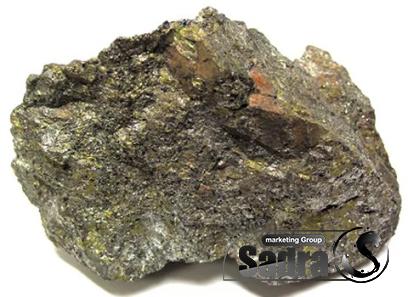
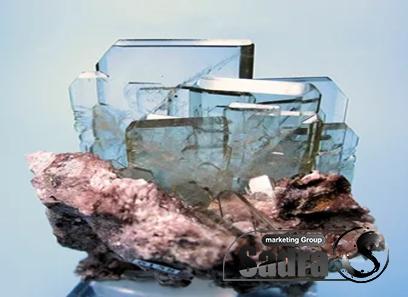
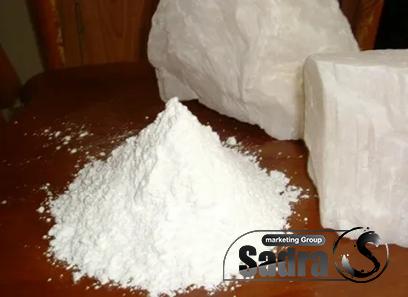
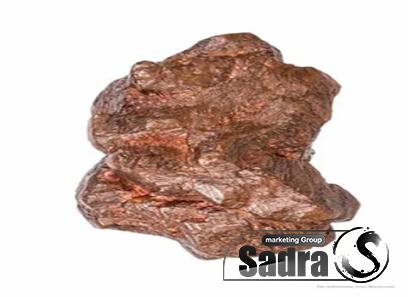
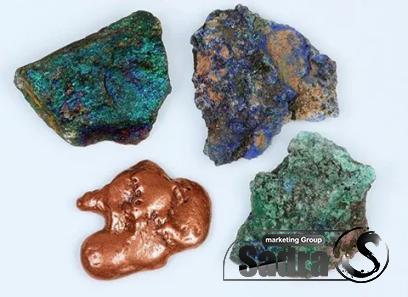

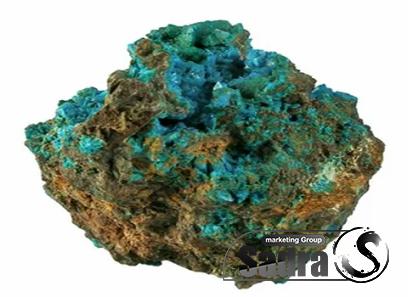
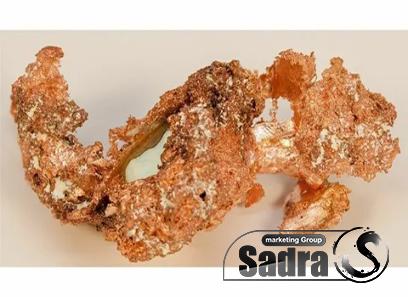
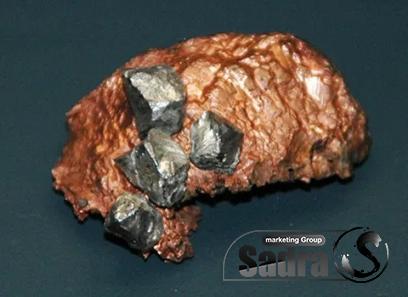
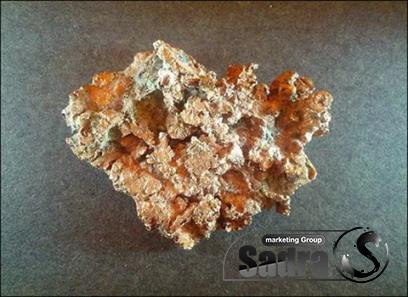
Your comment submitted.